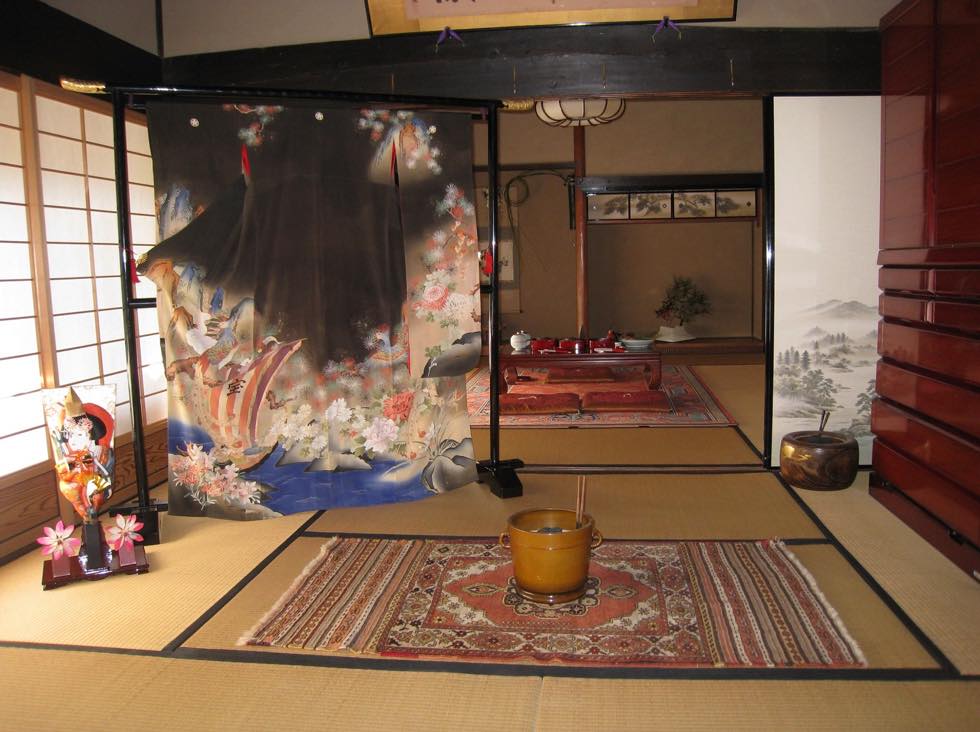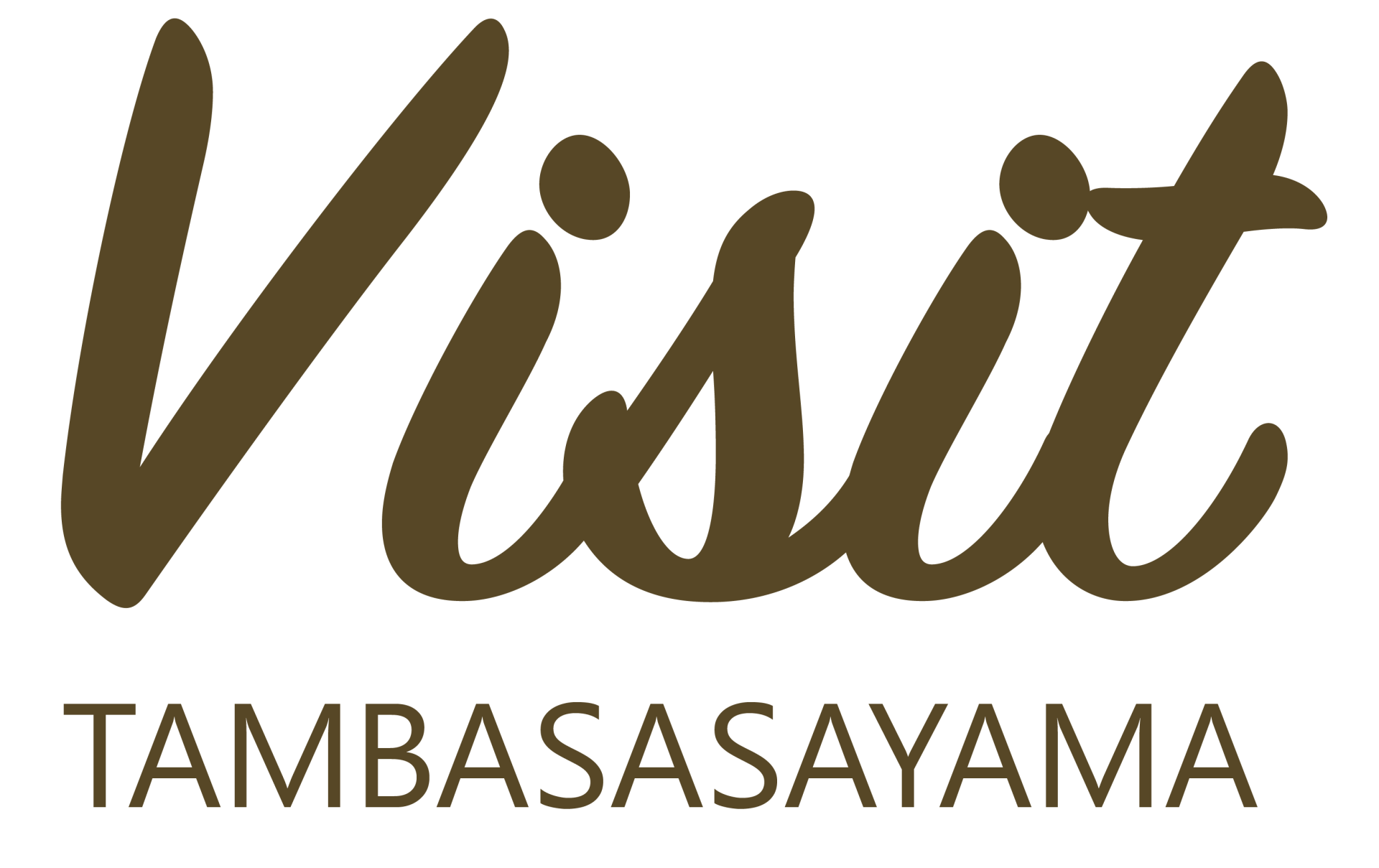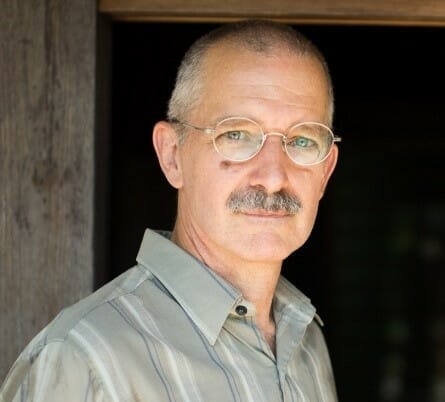The Japanese New Year: Greetings, Good Food, and Prayers

Christmas ends quickly in Japan as everyone starts preparing to celebrate the most important holiday of the year, the New Year. Although only January 1 is a national holiday, even government offices and major businesses take about a week off so people can prepare and celebrate. And a huge number of people return from metropolitan areas to their traditional homes in the country, such as Tamba Sasayama. That makes it a great time to reunite with old schoolmates, childhood friends, and of course family. Every year we’re sure to have a few of my daughter’s friends show up at some point, and in recent years they all bring their kids too.
Traditionally preparations start with a complete house cleaning and tidying up of loose ends. It is considered bad form to leave last year’s dirt or unfinished business for the New Year. They also involve sending New Year’s greetings to everyone you’ve been indebted to over the past year as well as old friends. Preparations also include a lot of cooking to prepare for New Year’s day. All possible food preparation is done in advance so that everyone can rest during the first few days of the New Year. I’m lucky because my wife still cooks up all of the traditional foods for us, called Osetchi food, but many people these days prefer to order them in elaborate bento-style lunches. Finally, all of the New Year’s decorations go up and people spend the last few hours of the year watching traditional music shows on TV, visiting temples and shines, or getting a head start on sampling the Japanese sake that goes so well with the New Year’s cuisine. All of this varies a great deal across the various regions of Japan, and according to social considerations. For example, my involvement in the Japanese tea ceremony makes the New Year’s holiday even more special, as does involvement in any of the traditional cultural undertakings in Japan.
The beginning of the New Year is a time for greetings and starting everything anew. In our village, everyone visits the local shrine shared with six other villages around us, greeting everyone they know to thank them for everything they’ve done for you last year and asking for their continued support in the New Year. Then we all gather at a temple in our village to greet the priest and village officials, and for those so inclined to have a drink and a bit of Osetchi with village friends.
If you are involved in something like the Way of Tea, then you also get to look forward to the first tea ceremony of the year, which are put on by tea teachers and on a much bigger scale by the heads of the tea schools (iemoto). These are very big events and very important to maintain and strengthen relationships with other participants. All of this is over by about January 15. Whatever group you are associated with, you’re likely to be attending special events around the New Year.
In country areas like Tamba Sasayama, the last gathering is of the individual groups in the village (e.g., our group has eight families in it) to ceremoniously burn the New Year’s decorations and roast mochi (rice cakes) and mikan oranges over the fire. The ash from some of the decorations are then placed at entrances to buildings to ward off evil. This and many other traditional customs in Japan at the New Year or other times during the year are much more likely to be preserved in country areas like Tamba Sasayama.
PHOTOS
Shimenawa: These are sacred ‘ropes’ made from rice straw and decorated at various places, including entrance ways, shrines, and even on cars. In Tamba Sasayama, you can still buy the basic rope part made by the rice farmers and add the other decorations to them yourself. Unfortunately fewer people know how to make them by hand these days.
New Year’s Decorations: We basically follow the decoration style for the Japanese Tea Ceremony, with a few improvisations. The following photo shows our two guest rooms all ready for New Year’s morning. It’s typical to display decorative Hagoita (wooden paddles used to hit shuttlecocks to play a traditional Japanese game), as seen on the lower right of the photo. The (very) old kimono and Turkish rug are our improvisations.
The following two photos show the alcove decorations, including a New Year’s scroll (this one says “first good fortune”) with its own shimenawa and mochi. The knotted willow branches and camellia blossoms in fresh-cut bamboo in the first photo are typical for Tea people. The second photo shows more standard New Year’s flower arrangement and a ceremonial spiced sake drink that is served to guests.


The following photos shows our main New Year’s meal, minus the sake and a soup containing rice cakes and vegetables. Everything has a meaning. You could probably write an entire book on just the regional variations in Osetchi food and the meaning of each item. Shrimp signifies living a long health based on the Kanji for “shrimp;” lotus roots suggest the ability to anticipate or foresee because of the holes in the roots you can see through, sea bream represents happiness because the Japanese name “tai” is the end of a Japanese word meaning “happy,” kombu (kelp) indicates joy because it resembles the word yorokobu meaning to be happy, and black soybeans (“kuromame”) represent lively hard work because “mame” means hard (work) or faithful. It’s all very confusing, I’m sure, but it’s fun once you get the hang of it (and there is a lot more).
It’s important to point out that that last item, black soybeans, is a specialty of the Tamba Sasayama area, i.e., black soybeans from our area are prized around Japan as an essential part of the New Year’s feast. They are in the bowl on the top left in the following photo, as well as on top of the three balls (made from sweet potatoes and chestnuts) in the container next to the sea bream. Although not shown in the photo, sake is also an essential part of the New Year’s meal for those who partake. We order a special bottle (to be honest, I actually order an entire case of 6 bottles, 1,800 ml each) that is available only at the end of the year and makes the New Year’s meal that much more special.
The last photo shows the main decorations in my tea room. The scroll is made from an actual New Year’s greeting sent from a local cultural figure (Hirao Chikuka, born 1856) to a local temple priest in Tamba Sasayama, which is special. (It looks so new because we made the scroll ourselves after the temple gave us the greeting and up to then the greeting was stored in the original envelope for all these years.) The long piece of charcoal in front of it is another improvisation. It was given to me by a charcoal maker in in 80s just before he retired and is a sign of purity. It has a wisteria branch wrapped around it even after being turned into charcoal. I cut the bamboo flower vase from the local mountains, which I do every year. But that is another thing we find very special about Tamba Sasayama. The locals are always very friendly and more than willing to help out with our unusual projects.




















